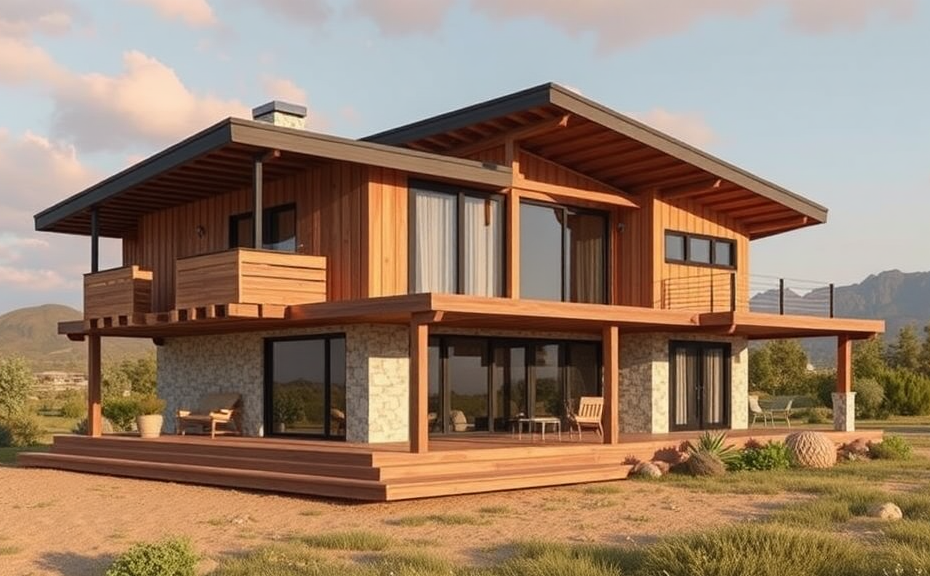Off grid house design has gained significant popularity as more individuals seek sustainable living solutions. This approach not only minimizes environmental impact but also promotes self-sufficiency. The key to a successful off grid house design lies in its ability to harness natural resources and create a harmonious connection with the surroundings.
One of the primary considerations in off grid house design is energy efficiency. Implementing renewable energy sources, such as solar panels or wind turbines, is essential for generating electricity independently. Additionally, incorporating passive design elements, like large windows for natural light and thermal mass materials, can significantly reduce energy consumption.
Water management is another critical aspect. Off grid homes often rely on rainwater harvesting systems and greywater recycling. This ensures that water is used efficiently and minimizes the footprint of the house on the surrounding environment.
- Location: Choosing a site that is naturally conducive to off grid living, such as one with ample sunlight and good drainage.
- Materials: Using locally sourced, sustainable materials can enhance the ecological performance of the house.
- Waste Management: Implementing composting toilets and natural waste processing systems to reduce the ecological footprint.
Furthermore, off grid house designs often incorporate an open floor plan which encourages airflow and enhances natural lighting. This design choice not only creates a spacious feel but also utilizes less energy for heating and cooling.
In summary, an effective off grid house design combines energy efficiency, water management, and sustainable materials to create a self-sufficient living environment. By embracing these principles, homeowners can enjoy the benefits of autonomy while minimizing their ecological impact.
